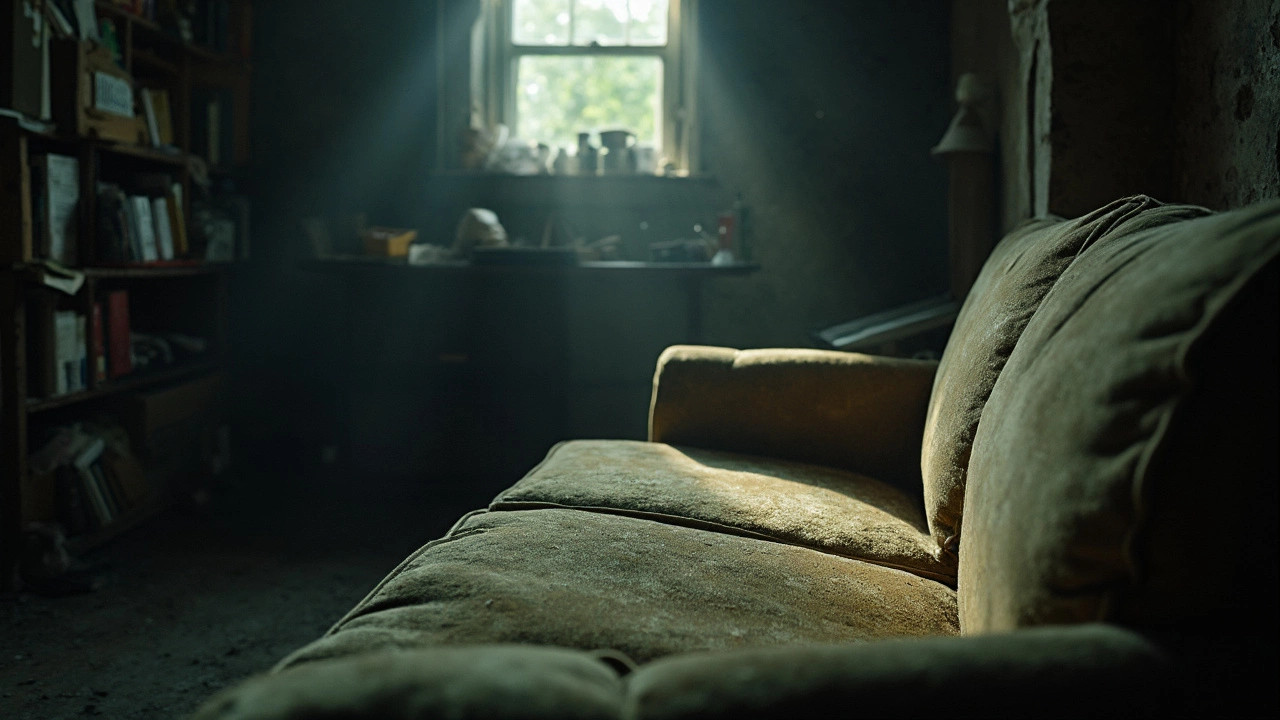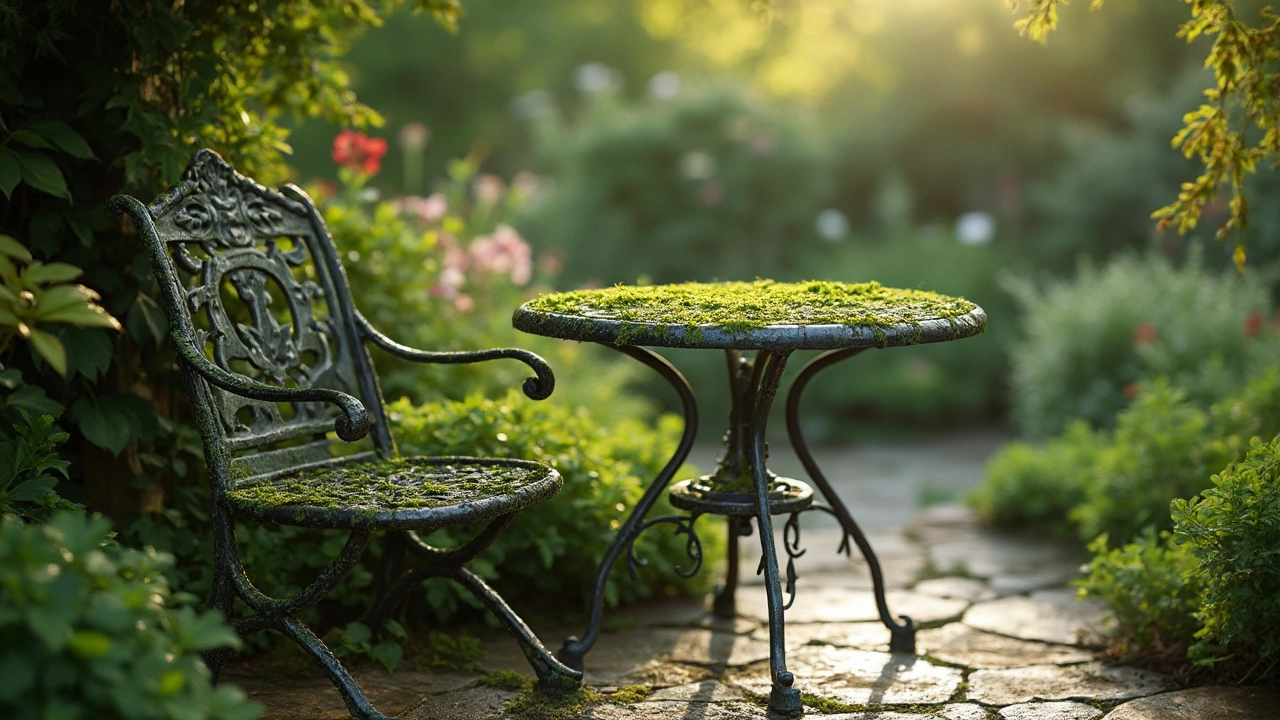Ever wonder if your couch can get moldy while stored away? Mold loves tight, damp places and couches can be easy targets. This article explains why couches get moldy in storage, warning signs to look for, and how to keep your sofa safe before and during storage. You'll also find practical prevention tips and learn what to do if you discover mold on your stored furniture. Give your future self less to clean up—get the facts now.
Mold Prevention Tips for Tiles & Home Interiors
If you’ve ever walked into a bathroom and felt that damp smell, you’ve probably seen mold. It’s not just ugly – it can damage tiles, hurt your health and make a room feel cheap. The good news is that stopping mold doesn’t require a PhD. A few simple habits and the right materials keep it away.
Spot the Signs Early
First, learn the cheap clues. Dark patches on grout, a musty scent, or wallpaper that lifts at the corners are warning lights. Check places that stay wet for long periods: shower walls, under sinks, behind the washing machine and any place you store towels. If you see anything fuzzy or discolored, it’s time to act.
Ventilation and Moisture Control
The biggest mold driver is moisture. Open windows when you shower, run the extractor fan for at least ten minutes after a bath, and keep the bathroom door ajar if you can. In kitchens, turn the fan on while cooking and wipe down splashes right away. For rooms without fans, a small dehumidifier does wonders – it pulls water out of the air before mold gets a chance to grow.
Tiles help, but they need the right kind of grout. Look for epoxy‑based grout instead of cement‑based – it’s denser and doesn’t soak up water. When you’re buying new tiles, choose glazed porcelain for wet areas. The glaze creates a water‑tight barrier, so mold has nowhere to cling.
Even with good tiles, seams and joints are vulnerable. Seal them with a high‑quality silicone sealant and re‑apply every few years. A fresh seal keeps water from seeping behind the tile face where it can’t dry.
When you do find mold, act fast. Wear gloves and a mask, then scrub the area with a mix of water and a little bleach (one part bleach to ten parts water). For grout, a baking‑soda paste works well and won’t damage the tiles. Rinse thoroughly and dry the spot with a clean towel or a fan.
If the mold keeps coming back, there’s probably a hidden leak. Check pipe joints, the bathtub tray, and the roof‑over‑the‑bathroom for drips. Fix any leaks before you treat the surface again – otherwise you’ll be cleaning the same spot over and over.
Finally, keep the whole house dry. Use a bathroom mat that dries quickly, change towels daily, and don’t leave wet clothes in the laundry basket. Small habits add up and make it hard for mold to set up shop.
By watching for early signs, improving ventilation, choosing the right tile and grout, and cleaning right away, you can keep mold out of your interiors. Your tiles will stay bright, your air will stay fresh, and you won’t have to worry about costly repairs later.
Noticed a weird green layer on your patio chairs or table? It's not just dirt and ignoring it could cut your furniture's lifespan short. This guide breaks down what the green stuff actually is, why it shows up, and what you can do to get rid of it for good. Plus, you'll find handy tips to stop it from coming back, even in damp and shady spots. Freshen up your outdoor space without buying new furniture.

